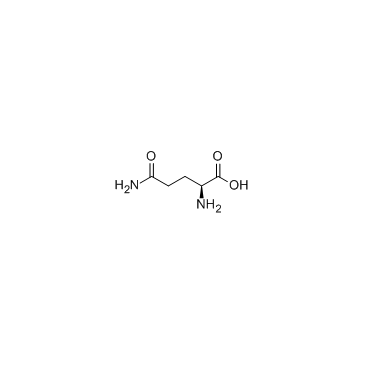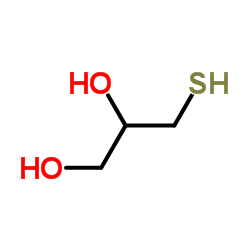| Structure | Name/CAS No. | Articles |
|---|---|---|
 |
2-Aminoethanol
CAS:141-43-5 |
|
 |
Ascorbic acid
CAS:50-81-7 |
|
 |
L-Glutamine
CAS:56-85-9 |
|
 |
3-Mercaptopropane-1,2-diol
CAS:96-27-5 |